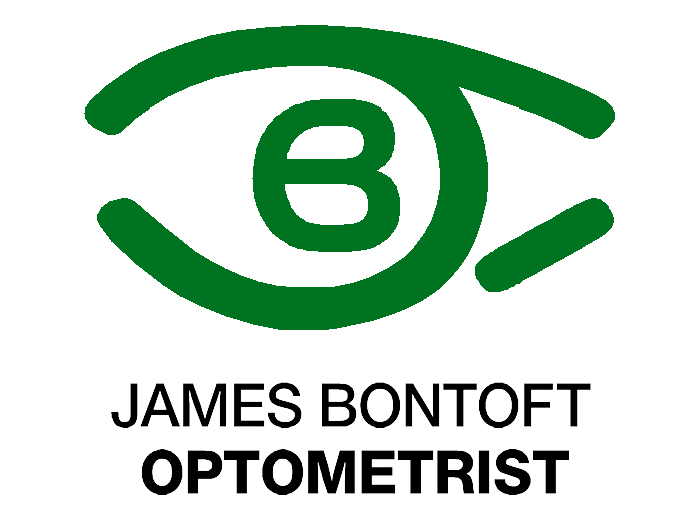Children’s eyes
Early visual development
New-borns only have peripheral vision and are able to see only variation of light and dark.
- At 1 month
the baby can briefly catch focus of something up to 3 feet away. - At 3 months
the baby should have ability to track moving objects as their depth perception and visual coordination improves – if not fixing and following by this time a paediatrician should be consulted. - 4 months
can see a parent smiling at the other side of a room & can see distance objects out of a window. - 6 months
vision develops quite significantly and is approaching the vision standard for driving! - Also by 6 months
the eyes start to work together and the 3D vision develops enabling better hand-eye co-ordination.
Colour vision in babies
- 1 month
sensitive to brightness / intensity of colour only - At only 6 months old
a baby can differentiate the full range of colours
Preschool children
- Full range of focus, tracking, depth perception and convergence develop up to the age of 8.
Testing
A child should have their eyes tested at 3, or sooner if there’s a family history of squints / lazy eyes.
Usually by the age of three most children have developed the fine motor skills and necessary language that allows them to participate in traditional vision testing.
We have tested children earlier than this and can pick up gross abnormalities. However ages significantly younger than this often require specialist assessment and using equipment not available at high street opticians.
Vision screening does thankfully occur at Barnoldswick primary schools. However we still see children where they have missed this and if this is the case it is especially important.
Things parents need to look out for
in their young children
- Redness of eyes / lids
- Visible turned eye, especially when tired
- Excessive rubbing
- Gross sensitivity to light
- Appearance of a white pupil
in their school age children
- Frequently losing their place while reading
- Avoiding reading and close work tasks
- Holding reading material too close / too far away*
- Complaints of headaches
- Turning / tilting the head or closing one eye when reading
*An approximate guide to the correct working distance is around that from your shoulder to your elbow.
Adults often say to me ‘what can be done for my lazy eye’. The answer is, unfortunately, not much!
Any error in the visual development needs to be attempted to be corrected in this ‘critical period’ of infant visual development up to the age of around 8 years old.
Things to think about
If your child is at the age where they can communicate, do not rely on them telling you they can’t see properly. Growing up with abnormal vision isn’t unusual for them as they are unaware of anything different. How do they know what is normal vision?
Development of their vision is a complex process with several factors besides just visual acuity. Requirements of normal vision include their ability to accommodate (focus), track objects, learn depth perception and to converge. This is something that cannot be fully assessed solely by a parent.
If there is a problem, intervention has to occur in the period of visual plasticity; that is up to the age of around eight years old and the sooner the better.
Your questions about children’s eyes
When should I have my child’s eyes tested?
A child should have their eyes tested at around 3 years old, or sooner if there’s a family history of squints / lazy eyes.
Usually by the age of three most children have developed the fine motor skills and necessary language that allows them to participate in traditional vision testing.
We have tested children earlier than this and can pick up gross abnormalities. However ages significantly younger than this often require specialist assessment and using equipment not available at high street opticians.
Vision screening at 4 years old does thankfully occur at Barnoldswick primary schools in Reception year. However we still see children where they have missed this and if this is the case it is especially important to have your eyes checked by an optometrist.
My child has had their vision screening performed at primary school in the Reception year. No problems were found so do I need to have their eyes tested again?
Visual screening should pick up any squint, lazy eye, myopia, or significant hypermetropia. A pass on this should eliminate the more serious ophthalmic problems that require immediate attention. However there still can be low levels of hypermetropia, accommodation (focus) and convergence problems that can impair close work function. This can have a marked ability on their school work from initially learning to read in reception right up to the essays / assignments at GCSE age. Because of this the NHS entirely funds eye examinations for children right up to the age of 16.
Are all opticians the same?
Absolutely not; there can be a wide variation in the products and service you receive from opticians, in the same way that there is in any profession. Some GPs will be more knowledgeable about your particular complaint than others and some may be more willing to prescribe than others. Some dentists will be more keen to give you that filling than others, some mechanics will tell you that an item needs replacing sooner than others. The key is to find someone you can trust at a sensible price. We try hard to give the best service we possibly can whilst also being aware that not everyone in Barlick can afford premium prices.
